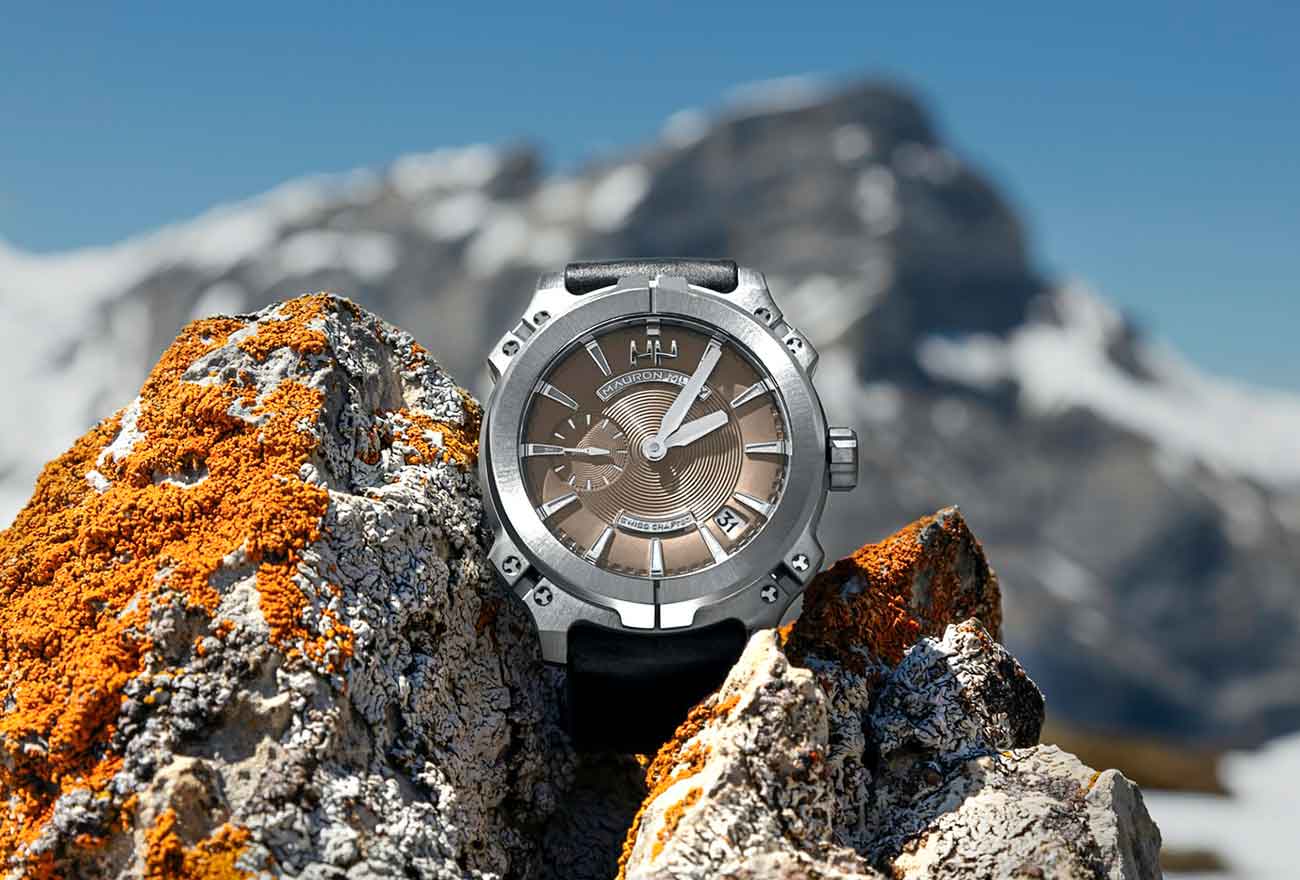Currently Empty: ₹0.00
The evolution of watches is a fascinating journey through time, reflecting humanity’s quest to measure, manage, and master the passage of time. From ancient sundials to modern smartwatches, the history of timekeeping devices offers a glimpse into technological advancements and societal changes. This article explores the milestones in the history of watches and their impact on society.
Ancient Timekeeping: Sundials and Water Clocks
The earliest timekeeping devices date back to ancient civilizations. Around 1500 BC, Egyptians used sundials to measure time based on the position of the sun. Sundials, however, had limitations—they could not function at night or on cloudy days. To overcome these challenges, the Greeks and Romans developed water clocks, or clepsydras, which measured time by the regulated flow of water from one container to another. These early timekeeping methods laid the foundation for more precise and portable devices.
The Advent of Mechanical Clocks
The first mechanical clocks appeared in Europe during the 13th century. These large, often monumental clocks were installed in church towers and public buildings, serving as community timekeepers. By the 14th century, advancements in mechanical engineering led to the creation of smaller, more accurate clocks. The introduction of the verge escapement mechanism allowed for more consistent timekeeping, making mechanical clocks increasingly reliable.
Portable Timekeeping: The Birth of Watches
The transition from stationary clocks to portable timepieces began in the 16th century. Peter Henlein, a German locksmith, is often credited with creating the first pocket watch around 1510. These early watches were relatively inaccurate and primarily served as status symbols for the wealthy. Over the next few centuries, innovations such as the balance spring, introduced by Christiaan Huygens in 1675, significantly improved the accuracy of watches.
The Rise of the Pocket Watch
By the 18th century, pocket watches had become more common and affordable. The Industrial Revolution played a crucial role in this transformation, enabling mass production and standardization of watch components. Innovations such as the lever escapement, developed by Thomas Mudge in 1755, further enhanced the accuracy and reliability of pocket watches. During this period, watches also became more ornate, with intricate engravings and jeweled movements.
The Advent of Wristwatches
The shift from pocket watches to wristwatches began in the late 19th and early 20th centuries. Initially, wristwatches were primarily worn by women, with men favoring pocket watches. However, World War I marked a turning point. Soldiers found wristwatches more practical and convenient in the trenches, leading to their widespread adoption by men. By the 1920s, wristwatches had become the dominant form of personal timekeeping.
The Quartz Revolution
The 20th century brought significant technological advancements in watchmaking. The introduction of quartz watches in the 1960s revolutionized the industry. Quartz watches, powered by a battery and regulated by a quartz crystal oscillator, were far more accurate than their mechanical counterparts. This innovation led to a dramatic reduction in the cost of watches, making them accessible to a broader audience.
The Digital Age and Smartwatches
The late 20th and early 21st centuries witnessed the emergence of digital watches and, subsequently, smartwatches. Digital watches, introduced in the 1970s, featured electronic displays and offered a range of functions beyond timekeeping, such as calculators and alarms. The advent of smartwatches in the 2010s represented a convergence of timekeeping and digital technology. These devices, equipped with touchscreens, sensors, and connectivity features, offer a wide array of functions, from fitness tracking to smartphone integration.
The Cultural Impact of Watches
Throughout history, watches have not only been functional timekeepers but also cultural symbols. They reflect societal values, technological progress, and personal identity. Watches have been associated with status, precision, and craftsmanship. Iconic watch brands like Rolex, Omega, and Patek Philippe have become synonymous with luxury and excellence.
Conclusion
The history of watches is a testament to human ingenuity and the relentless pursuit of precision. From ancient sundials to modern smartwatches, the evolution of timekeeping devices mirrors the broader technological and cultural shifts in society. As we continue to innovate and explore new frontiers in timekeeping, watches remain an enduring symbol of our relationship with time, blending functionality with artistry.


